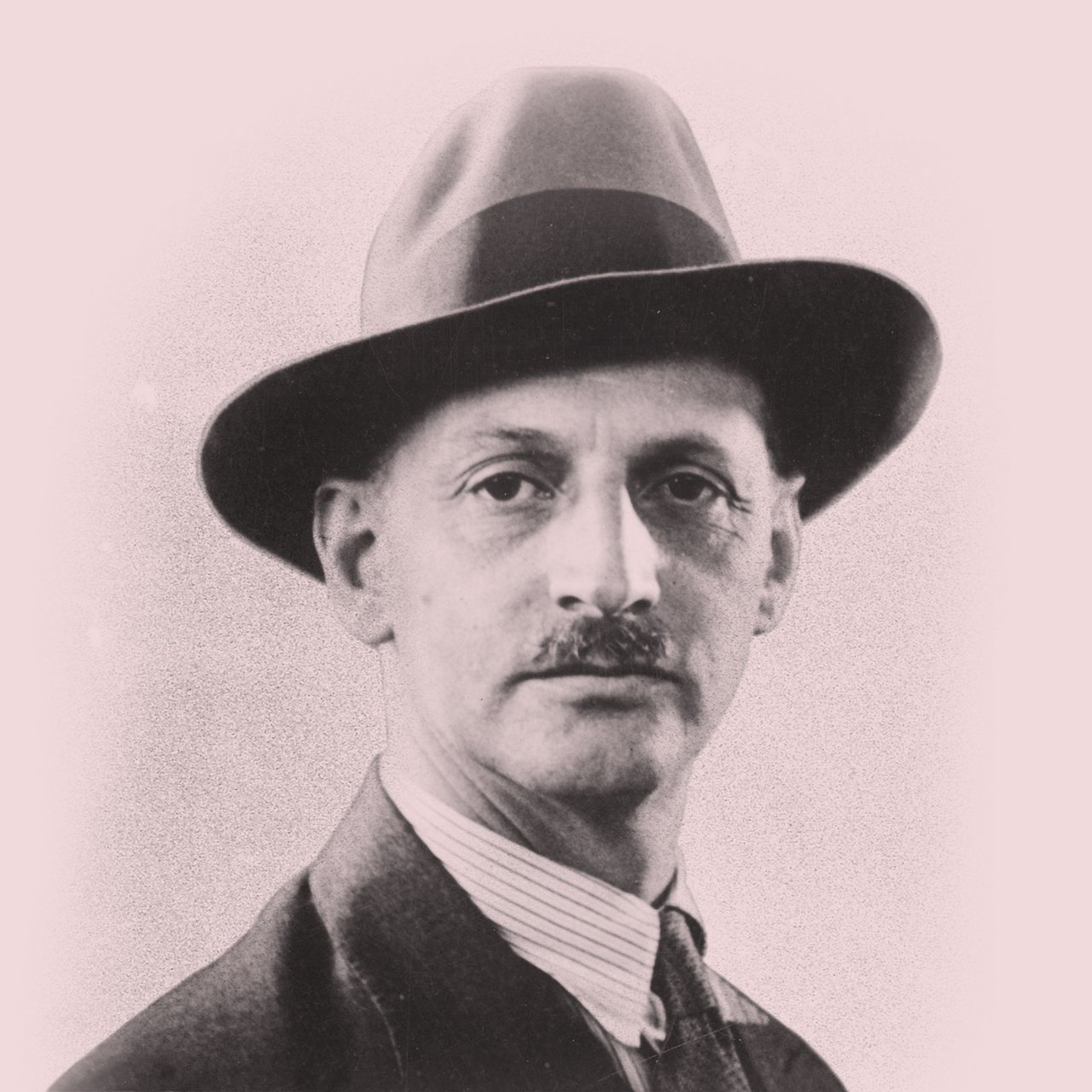Otto Frank was the second son of Michael Frank and Alice Betty Stern. The family lived in Germany and were liberal Jews. They valued Jewish traditions and holidays but did not observe all religious laws.
Father Michael Frank was the proud owner of a business bank in Frankfurt am Main. After high school, Otto briefly studied art history in Heidelberg. He then went on to do traineeships at various banks and at Macy's (New York).
Otto returned to Germany after his father's sudden death in 1909. He spent some time at a company that produced horseshoes. The First World War initially seemed to pass Otto by, but he enlisted in 1915. He was part of a ‘Lichtmesstrupp', a unit that analysed where enemy artillery fire came from.
When the war ended, Otto had been promoted to lieutenant and was decorated. After his return, he joined the family bank.
